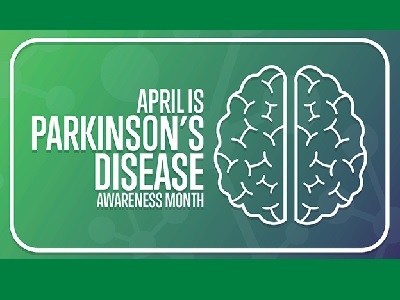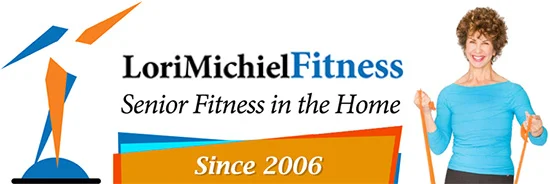 You have likely heard of the actor, Michael J. Fox, who has been living with Parkinson’s Disease (PD), the second most common neurodegenerative illness, since he was 29 years young.
You have likely heard of the actor, Michael J. Fox, who has been living with Parkinson’s Disease (PD), the second most common neurodegenerative illness, since he was 29 years young.
Most people diagnosed are between 40 and 70 years of age. My uncle, a physician, who inspired me to help others delay the disease, was diagnosed in his late 60’s. He didn’t have to die so young! He had difficulty swallowing and choked to death.
Some common symptoms include:
– Resting tremors occur when limbs or chin are at rest. It can affect 80% of those living with PD.
– Gait/Balance issues can cause loss of balance; shuffling of feet.
– Rigidity is an involuntary action whereas muscles tighten and will not move. It starts in the neck and shoulders and can spread to the trunk and other extremities. It affects 90% of those living with the disease.
– Bradykinesia is the slowness of movement during activities, such as getting out of a car. It can also alter gait patterns and cause shuffling.
PD is progressive. There are four stages of the disease. An initial diagnosis requires at least two out of three specific symptoms.
Inside the brain, cells shrink where dopamine-producing neurons exist. These neurons help regulate movement.
PD can result in the loss of smooth and controlled movement of muscles and joints. Other motor symptom issues can develop including decreased facial expression, hypophonia (soft voice), freezing (momentary inability to move), micrographia (writing size and legibility decreases), dysphagia (difficulty swallowing), dementia, depression, loss of libido, pain and aspiration (leading cause of death). There also may be a loss of executive functions including planning, decision-making and controlling emotions. Non-motor symptoms include constipation, bloating, heartburn, bladder issues, excess saliva, and sleep disorders.
Although there is no cure, there are various treatments such as medication management, surgery, lifestyle modifications and physical activities to help stave off the effects of PD.
For physical activity, experts believe the more complex exercises, including multi-task maneuvers (that cross the midline of the body), are better for the brain because they can improve neuroplasticity (preserving neurons). Also important are exercises to improve dexterity (fine motor skills in the hands), flexibility exercises that help extend the shortened muscles that tend to get stiff and tight and general strength exercises that utilize resistance bands as well as weights. Exercises to improve the voice, which can soften to almost a whisper, are recommended. Boxing, dance, yoga, Tai Chi, and finally, aerobics including marching in place, can give those with PD a “daily does” of exercise.
More than anything else, if you have received a recent diagnosis and feel emotionally wrought and not ready to tell others, letting friends and family know what’s happening has many benefits. People can’t help you if they don’t know what you’re facing. And hiding a diagnosis may perpetuate the stigma around the condition. Leave the stigma elsewhere and reach out to those in your life that support your efforts to be strong.
Sources:
American College of Sports Medicine, Durstine JL, Moore GE, Paineer PL, Roberts SO. Champaign, IL Human Kinetics: 2009
American Academy of Neurology’s Neurology Journal Patient Pages 2020
We have specific programs to get you started whether you have a neurological condition, such as Parkinson’s disease, or just need a new program to improve your confidence along with improving your balance, breath, flexibility, and strength. Contact me, I will respond within 24 hours. You can also follow us on Facebook or LinkedIn for important research and fitness updates.
